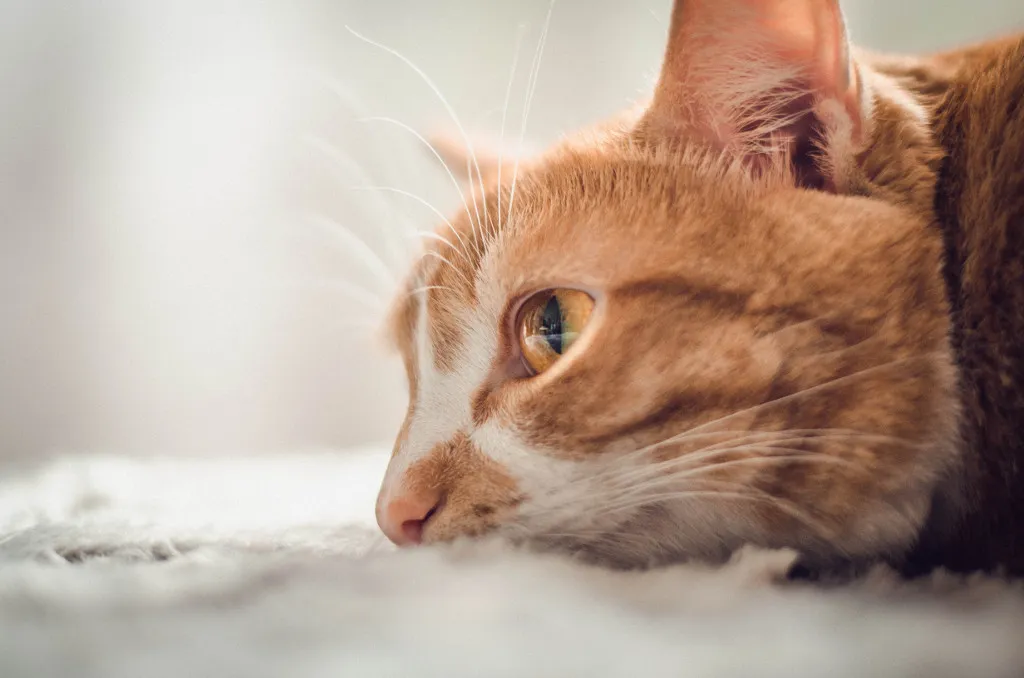Have you been noticing signs that your cat is suffering from pain? Do you know the clear signs that show your cat is in pain? Keep reading to know the clear signs that indicate your cat is in pain.

Cats are renowned for their aloofness and independence.
Interestingly, cats often hide signs of discomfort or pain, making it challenging for pet owners to recognize when their beloved feline companions are suffering.
Understanding the subtleties and cues that may indicate distress is crucial in providing timely care and ensuring your cat’s well-being.
As you keep on reading, you will get to know the nine telltale signs that your cat might be experiencing pain.
Signs a Cat is in Pain

Here are clear signs that indicate your cat is in pain:
1. Having an Uncharacteristic Aggression or Irritability
A cat that is usually gentle and calm but suddenly exhibits aggressive behavior or irritability might be in pain.
Also, pain can make even the most docile cat react adversely to petting, handling, or touching, especially in areas that are sensitive or painful.
If your feline friend hisses, swats, or growls when touched in spots they usually enjoy, it’s a strong sign of discomfort or soreness.
2. Changes in Eating Habits
Any noticeable decline or increase in your cat’s appetite, sudden weight loss, or reluctance to eat can be indicative of an underlying health issue causing pain.
Also, cats in pain might find it challenging to eat or lose interest in their food due to their discomfort.
Monitoring their eating habits is crucial to detect pain early.
3. Altered Grooming Patterns
Cats are known for their meticulous grooming. A noticeable decrease in grooming behavior, leading to a matted or unkempt coat, can be a red flag.
Conversely, excessive grooming in specific areas might signal an attempt to alleviate discomfort in that region.
These grooming changes are important indicators of potential pain in cats.
4. Reduced Activity Levels
Lethargy, reluctance to play, or reduced physical activity can be a sign that your cat is experiencing pain.
A once-active cat becoming notably less engaged or reluctant to move might be in discomfort.
In addition, changes in their activity levels should be closely monitored.
5. Changes in Vocalization
An increase or alteration in vocalization patterns could indicate distress.
Excessive meowing, growling, or even silence in an otherwise vocal cat might be a response to pain.
Also, paying attention to these vocal cues is essential in recognizing your cat’s pain.
6. Hiding or Withdrawal
Cats often withdraw to a quiet place when feeling unwell.
If your cat begins hiding more frequently or avoids social interaction, it might be an attempt to cope with pain or discomfort.
Also, recognizing when your cat seeks solitude is crucial in identifying their pain.
7. Changes in Litter Box Habits
Pain can affect a cat’s normal toileting behavior.
Any changes in urination or defecation patterns, such as straining, vocalization, or avoiding the litter box, could point toward discomfort.
Monitoring their litter box habits can provide valuable insights.
8. Physical Symptoms From Your Cat
Observe your cat for physical signs of pain, such as limping, stiffness, or favoring a particular body part.
Additionally, visible swelling, sores, or wounds warrant immediate attention. Also, these physical symptoms can help pinpoint the source of pain.
9. Behavioral Changes From Your Cat
Any significant alteration in your cat’s behavior, including restlessness, depression, or overall mood changes, can be a subtle indication of pain.
Cats may become more subdued or less interested in their surroundings when they are in pain.
In conclusion, if you notice one or more of these signs in your cat, it’s crucial to seek professional veterinary care promptly.
While this article provides insights into potential signs of pain, a veterinarian can accurately diagnose the cause and offer appropriate treatment.
Related Searches: